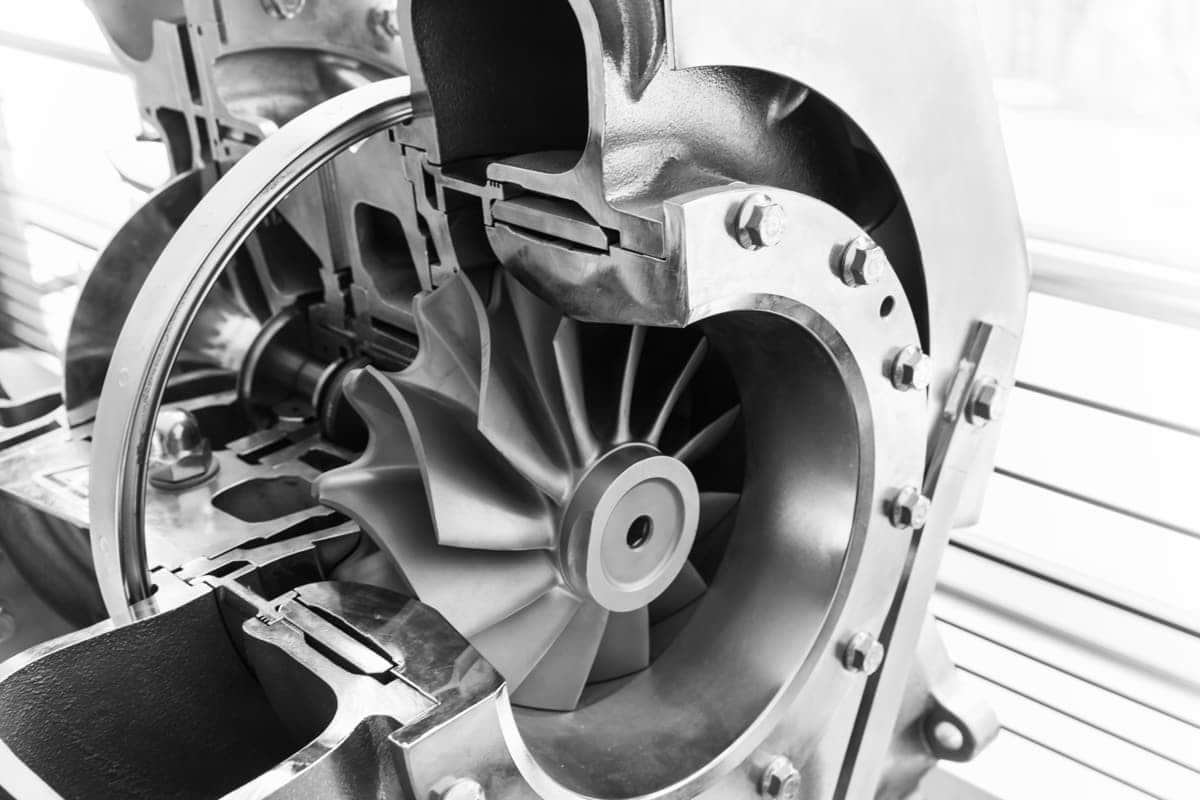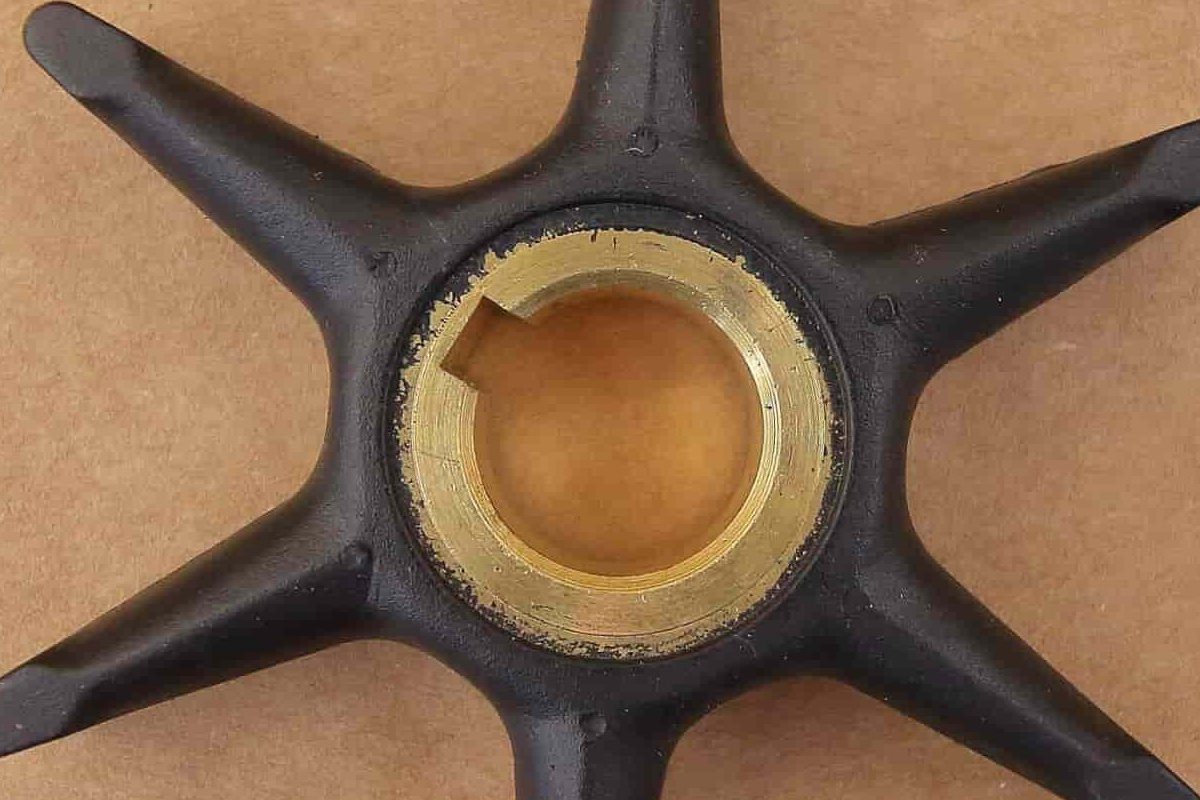In this article, we are going to introduce some issues which may lead to your water pump not working properly and their relevant symptoms. One of the most prevalent issues with water pumps is impeller failure and lower-than-expected water flow. In most cases, low water flow is not related to the water pump, but rather to the situation. Here are some considerations for diagnosing water pump difficulties with poor water flow.
- Unable to Start
Check the power supply to see if the connector is properly connected, if the key is securely fastened, and if the fuse has blown. If the three-phase electrical supply is unequal. In situations such as open circuits, poor contact, blown fuses, and phase loss, the root cause must be identified and corrected promptly. Check for a mechanical malfunction of the pump itself. Common causes include a too-tight packing or an impeller and pump casing filled with debris; a corroded pump shaft, bearing, and leak-reduction ring; and a faulty seal. Disassemble the pump body to eliminate grime and rust; the pump shaft is significantly bent. To correct the issue, remove or replace the pump shaft. 
- Overheating of the auxiliary power motor
There are four explanations. The voltage of the power source is either too high or too low. If the voltage variation range under the stated load is larger than +9% to -5% of the rated value, the motor is overheating; the winding will overheat if the three-phase voltage of the power source is imbalanced by more than 5%. As for the phase loss process, experience indicates that over 85 percent of agricultural engines fail owing to phase loss. The motor must be supplied with a phase loss protection mechanism if this is the case. This is the cause of the water pump: the engine is loaded for an extended period of time, leading it to overheat; this engine is characterized as a short-term or continuous-run intermittent system due to its frequent starting. Start times should be limited, and suitable thermal protection should be specified and utilized based on the motor's rating. The third cause is the motor itself: the connection method is faulty, and the delta form is improperly attached to the Y shape, causing the motor temperature to rise quickly; The stator coil has an inter-phase short circuit, an inter-turn short circuit, or local grounding when the motor is underpowered, overheated, and the insulation blows; When the engine operates for 1-2 hours, the movable component of the squirrel cage is broken or defective, and the temperature of the iron core rises rapidly. If the ventilation system fails, it must be determined if the fan is damaged, if the direction of rotation is right, and if the ventilation duct is obstructed.  In either case, the stator core or rotor rub together to generate a metallic impact sound, and the core temperature rises rapidly. In extreme circumstances, the motor will smoke and the coil may even ignite. Fourth, the operating environment: the motor coil is impacted by moisture or dust, oil, and other coil adhesions, which reduces the insulation. If the ambient temperature is very high, the motor's insulating resistance must be tested, cleaned, and dried. When the ambient temperature is greater than 35 °C, the intake air temperature is elevated, resulting in engine overheating. Consequently, the working atmosphere must be enhanced. It is comparable to installing a canopy or awning. Note: In the event of a power outage, certified electricians should be contacted to do maintenance. People with limited expertise should not be overly concerned with avoiding injury.
In either case, the stator core or rotor rub together to generate a metallic impact sound, and the core temperature rises rapidly. In extreme circumstances, the motor will smoke and the coil may even ignite. Fourth, the operating environment: the motor coil is impacted by moisture or dust, oil, and other coil adhesions, which reduces the insulation. If the ambient temperature is very high, the motor's insulating resistance must be tested, cleaned, and dried. When the ambient temperature is greater than 35 °C, the intake air temperature is elevated, resulting in engine overheating. Consequently, the working atmosphere must be enhanced. It is comparable to installing a canopy or awning. Note: In the event of a power outage, certified electricians should be contacted to do maintenance. People with limited expertise should not be overly concerned with avoiding injury.
- Heating Water Pump
Damaged bearing is the cause. The gap between the bearing and the bracket cover is too short; the pump shaft is bowed or the two shafts are not concentric; the gap between the bearing and the bracket cover is too narrow. The belt is excessively tight, there is insufficient oil, or the oil is of poor quality; the propeller's balancing hole is obstructed, rendering it unbalanced and increasing thrust on one side.  Replacement of bearings; removal of the back cover and installation of a gasket between the bearing and the bearing housing. Check the pump shaft concentration or change the concentration of both shafts; properly release the band seal; fill approximately 60% of the bed with clean butter. Remove the obstruction from the balancing hole.
Replacement of bearings; removal of the back cover and installation of a gasket between the bearing and the bearing housing. Check the pump shaft concentration or change the concentration of both shafts; properly release the band seal; fill approximately 60% of the bed with clean butter. Remove the obstruction from the balancing hole.
- Insufficient Flow
This is as a result of the power speed mismatch or belt slippage, both of which contribute to the low speed; the suction lift is too high; the manifold is inadequate; the pipeline is too lengthy; or the pipeline has a curve at a right angle; the mounting angle of the axial flow pump vane is too narrow. Bottom valve, partially blocked line and impeller or impeller damaged; the exit pipe must be checked for any signs of water leakage. Troubleshooting steps include resetting the rated speed, cleaning the debris from the belt lubricant, and adjusting the belt's tension; Make necessary adjustments to the angle of the blade, move the water pump to a more convenient location, cut the length of the pipeline, or alter the pipeline's curvature; Seal any air leaks in the water pump, then tighten the package; remove any obstructions, then replace the wheel. To stop water from leaking, you need to replace the ring that reduces leaks.
- Unable to Absorb Water
 There is aero in the pump body or air has accumulated in the water inlet pipe, or the bottom valve is not closed firmly, the filling of the vacuum pump is leaking inadequately, and the gate valve or check valve is not closed securely. These are the possible causes. Troubleshooting: First, the water pressure should be raised, then the pump body should be filled with water, and last, the machine should be turned on. At the same time, make sure that the non-return valve is properly closed and that the line and connection do not have any air leaks. In the event that an air leak is found after disassembly, lubricating oil or a paint combination should be applied to the joint, and the screws should be tightened. Make sure that the oil seal on the water pump shaft is in good condition. If it has sustained significant damage, you should get a new one. Possibly a leak of water or air in the tube. During assembly, the nut shouldn't have all of its threads tightened to their maximum. If the air or water leak is not too severe, the area where it is occurring can be sealed with cement or cement plaster that has asphalt oil mixed into it. Clay that has been moistened with water or mild soap can be used to make temporary repairs. If the seal is allowing water to seep through it, you can use a wrench to make it more secure. It is important to dismantle and repair the cracked pipe if there is a major water leak. Diminish the lift and press the nozzle of the water pump hose into the water. If the water leak is still not fixed, the problem will persist.
There is aero in the pump body or air has accumulated in the water inlet pipe, or the bottom valve is not closed firmly, the filling of the vacuum pump is leaking inadequately, and the gate valve or check valve is not closed securely. These are the possible causes. Troubleshooting: First, the water pressure should be raised, then the pump body should be filled with water, and last, the machine should be turned on. At the same time, make sure that the non-return valve is properly closed and that the line and connection do not have any air leaks. In the event that an air leak is found after disassembly, lubricating oil or a paint combination should be applied to the joint, and the screws should be tightened. Make sure that the oil seal on the water pump shaft is in good condition. If it has sustained significant damage, you should get a new one. Possibly a leak of water or air in the tube. During assembly, the nut shouldn't have all of its threads tightened to their maximum. If the air or water leak is not too severe, the area where it is occurring can be sealed with cement or cement plaster that has asphalt oil mixed into it. Clay that has been moistened with water or mild soap can be used to make temporary repairs. If the seal is allowing water to seep through it, you can use a wrench to make it more secure. It is important to dismantle and repair the cracked pipe if there is a major water leak. Diminish the lift and press the nozzle of the water pump hose into the water. If the water leak is still not fixed, the problem will persist.
- Violent vibrations
The electric rotor itself is unsteady, which is the primary reason. The connection is poor; the bearing is worn and spins; the rotating parts are loose and fractured; the pipeline support is weak; and so, on and so forth. They are each capable of being modified, repaired, strengthened, and straightened as well as modified.
